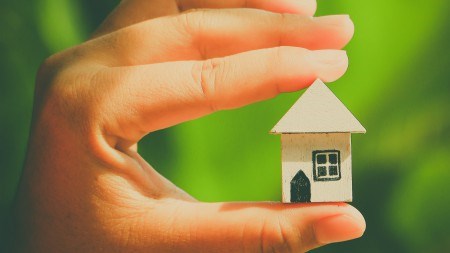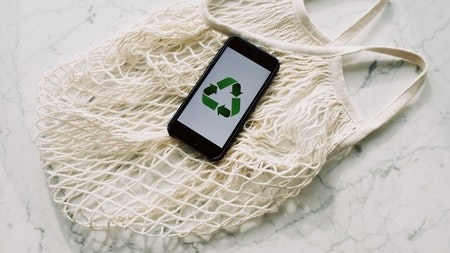Homes with eco-friendly features are becoming increasingly popular with buyers. These are the ‘green’ features to look out for.
With the burning issue of global warming and the impact of our carbon footprint an ever-growing concern, more and more homebuyers are looking for properties that offer green elements.
“In countries such as the US, the trend of buying green has been around for some time, but over the last decade the trend has gained momentum in South Africa and continues to grow. Apart from the fact that more people and becoming aware of their impact on the environment, the increasing cost of utilities has also prompted many people to seek out methods of reducing their energy consumption,” says Goslett, Regional Director and CEO of RE/MAX of Southern Africa Using the Green Star South Africa rating system, which is based on an Austrailian system that has been customised for the country, the Green Building Council SA uses standard benchmarks to assess how green a building is objectively. Unlike the Amercian market, there is no official green certification for residential homes in South Africa, but the Green Building Council SA can provide homeowners with a rating that can be used by sellers to market their home to energy conscious buyers.
Goslett says that if the home has not been given a rating, there are other things that buyers can look for if they want to purchase a green home. “Firstly, find the right real estate professional who is knowledgeable about green home features and specifications. Regardless of the type of home you would like to buy, finding the right agent is always an important step to finding the right home,” says Goslett.
Going green is about minimising resource consumption, so specific features to look for would be those that help to reduce energy usage and save water. Goslett says that by this, consumers are not only helping the environment but are saving costs on a monthly basis, which makes it a win-win situation.
Water-saving features
A major source of water consumption is the garden, in fact, according to the South African National Biodiversity Institute, 35% of domestic water is used to water gardens. “Looking at the type of landscaping and plants in the garden will give you an indication as to how water wise the garden is. Indigenous, low-maintenance plants that require little water and are disease resistant will be the better option.
Ideally, plants with similar watering needs should be grouped. Paved areas, indigenous ground covers, gravel and hardscaping features will also all reduce the water required to keep the garden looking good,” says Goslett.
Photovoltaic solar panelling
He adds that another aspect to look out for is photovoltaic solar panelling. It should be easy to spot solar panels as they are normally installed on the roof of the house. The panels collect sun light and convert it into DC electricity through semiconductors. The DC electricity is then channelled through a solar regulator to a battery or bank of batteries. Household appliances that use DC electricity can run directly from the battery, while a power converter can be used for AC appliances. Solar panelling can reduce standard electricity usage or replace it entirely.
Geyers and other water heating systems
Goslett adds that heating water is another energy hungry household activity. “According to studies, as much as 40% of the energy used in homes is for heating water. Electric geysers are the most energy sapping appliances in most households. Inquire about the type of water heating system used in the home. It is possible for electric geysers to be converted to solar geysers. An alternative solution to saving energy is by installing an automated digital thermostat on the geyser which the homeowner can control,” says Goslett.
Insulation
Insulation is another aspect that green conscious buyers should consider. Proper insulation will make it easier to keep the home cool in summer and warm in winter. “Pay attention to the quality of the windows in the home. Good quality windows will close and seal properly, which will keep the heat or air-conditioning where it needs to be. Double pane windows with glazed glass will also keep heat loss to a minimum during winter and the home cooler during summer,” says Goslett.
Goslett notes that other aspects to consider when buying green include:
Gas cooker and stove instead of the traditional electric stove.
Water saving low-flow showerheads and aerator taps which will reduce water consumption considerably.
Ensure the toilets are new and in good working order. Reports reveal that 62% of domestic water is flushed away making toilets with a dual flush system the better option for saving water.
Ensure air-conditioning units are in good working order or new as older units use more energy. Alternatively, ceiling fans and gas heaters are better energy-saving options.
Look for LED Energy Saving Lights - these lights largely reduce Carbon Dioxide emissions.
“Globally going green is seen as a smart option for home buyers. Not only is it a way of countering the rising costing of living, but also a means of reducing our effect on the environment and building a sustainable future,” Goslett concludes.




